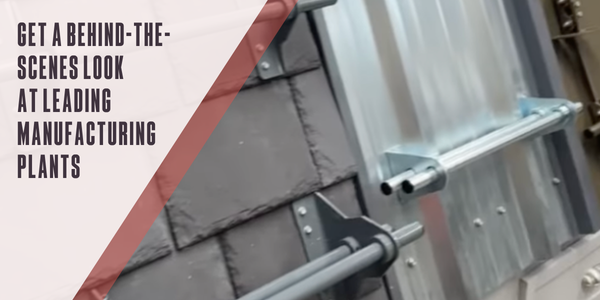Comparing FiberTite® to the Competition – Part II

By Gary Pelton, FiberTite.
FiberTite offers higher levels of protection against ponding water, hail damage, wind damage, and UV versus competitive products.
In a recent blog post, 4 Facts About FiberTite and How It Compares to the Competition, we did a high-level comparison of FiberTite to polyvinyl chloride (PVC), thermoplastic polyolefin (TPO) and polymer modified bitumen roofing systems, also known as Mod Bit. Your roofing system is vulnerable to several different environmental influences. Ponding water, wind and hail are among the top threats. Here’s a breakdown of how FiberTite is superior compared to those other roofing products when faced with these threats.
Ponding Water
Sloping a roof for 100% drainage is not always feasible. If excess ponding is expected, a complete structural evaluation should be done. If ponding water is inevitable, FiberTite’s KEE compound resists environmental contamination that can accumulate in ponding water.
Compared to PVC, TPO and Mod Bit:
Ponding water will magnify UV to intensify its effect and often cause a chemical discharge. These chemicals and UV can accelerate the breakdown of the fire resistance in TPO and accelerate plasticizer migration in PVC, causing algae to form and feed on the membrane. The same chemical discharge can occur in Mod Bit roofs and cause algae and other plants and trees to take root in the surfaces.
While most TPO and PVC manufacturers exclude the effects of ponding water from their warranty, FiberTite warranties contain no exclusions for ponding water.
Hail Damage
Hailstones of an inch or less in diameter are a common occurrence in many areas of the country.
Compared to PVC and TPO:
Most PVC and TPO roofing membrane manufacturers specifically exclude “all” hail from the warranty coverage. For PVC roofing membrane manufacturers, this is due to the inevitable loss of plasticizers over the life of the membrane and TPO roofing membrane manufacturers have limited historical data on performance.
Wind Damage
Wind is inevitable, and when installed by a certified FiberTite contractor, FiberTite Roofing Systems are engineered to stay in place during a significant wind event. Standard FiberTite Roofing System warranty exclusions for wind do not begin with gale force but rather 60 mph winds. Specially engineered systems are eligible for higher peak gust coverage up to 100 mph.
Compared to PVC, TPO and Mod Bit:
Most of these manufacturers begin their wind exclusions with “gales.” Wind speeds as low as 39 mph can be considered “gale force.”
UV Resistance
During the coating process, FiberTite's KEE membrane, made up of a solid and permanent polymer alloy, is added to ensure long-term flexibility and resistance to UV exposure.
Compared to PVC and TPO:
UV exposure can extract liquid plasticizers from conventional PVC membranes and break the chemical bonds with a thermoplastic compound. This intense exposure can break down even marginally fire-resistant TPO and PVC materials. View the Trial by Fire infographic for a complete comparison.
Compared to Mod Bit:
UV exposure breaks down the dispersion of polymers within the Mod Bit blend. Protecting this is vital and requires a considerable amount of maintenance. Any shift of the surfacing will cause accelerated aging and eventual failure.
Learn more about FiberTite and download our whitepaper on FiberTite vs.PVC.
Editor’s note: This article was first published on FiberTite’s blog and can be viewed here.






















Comments
Leave a Reply
Have an account? Login to leave a comment!
Sign In